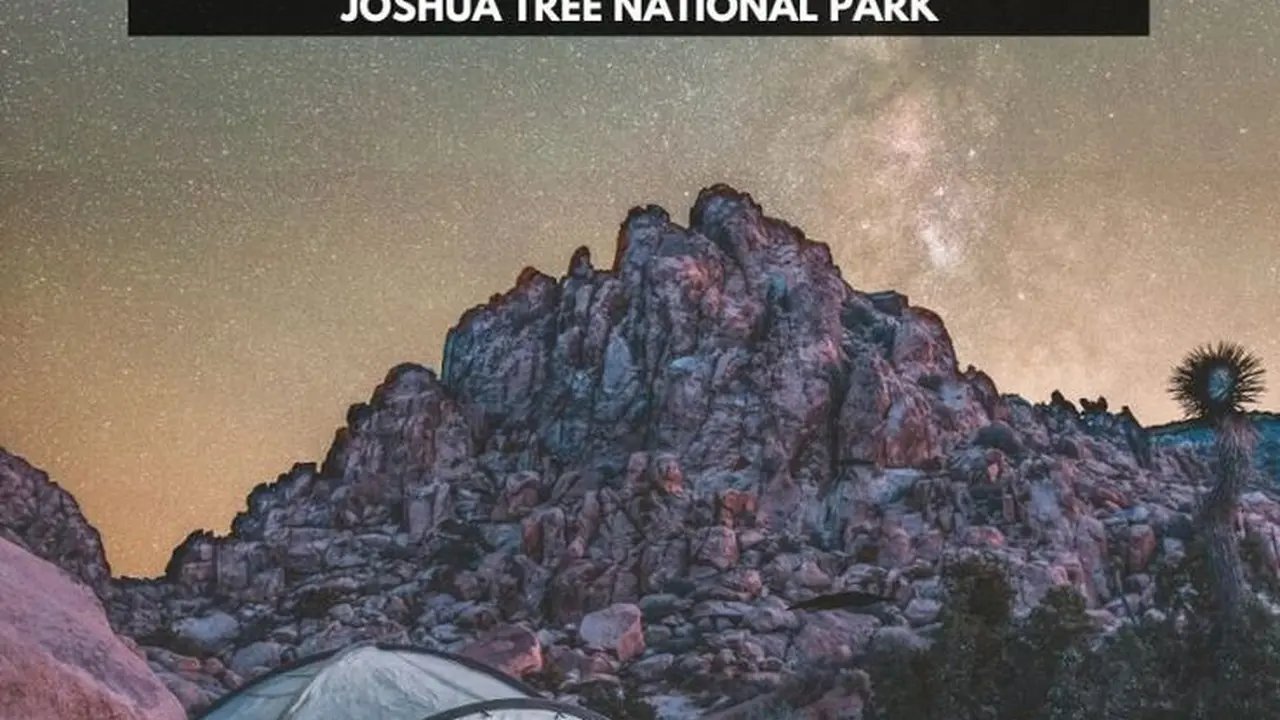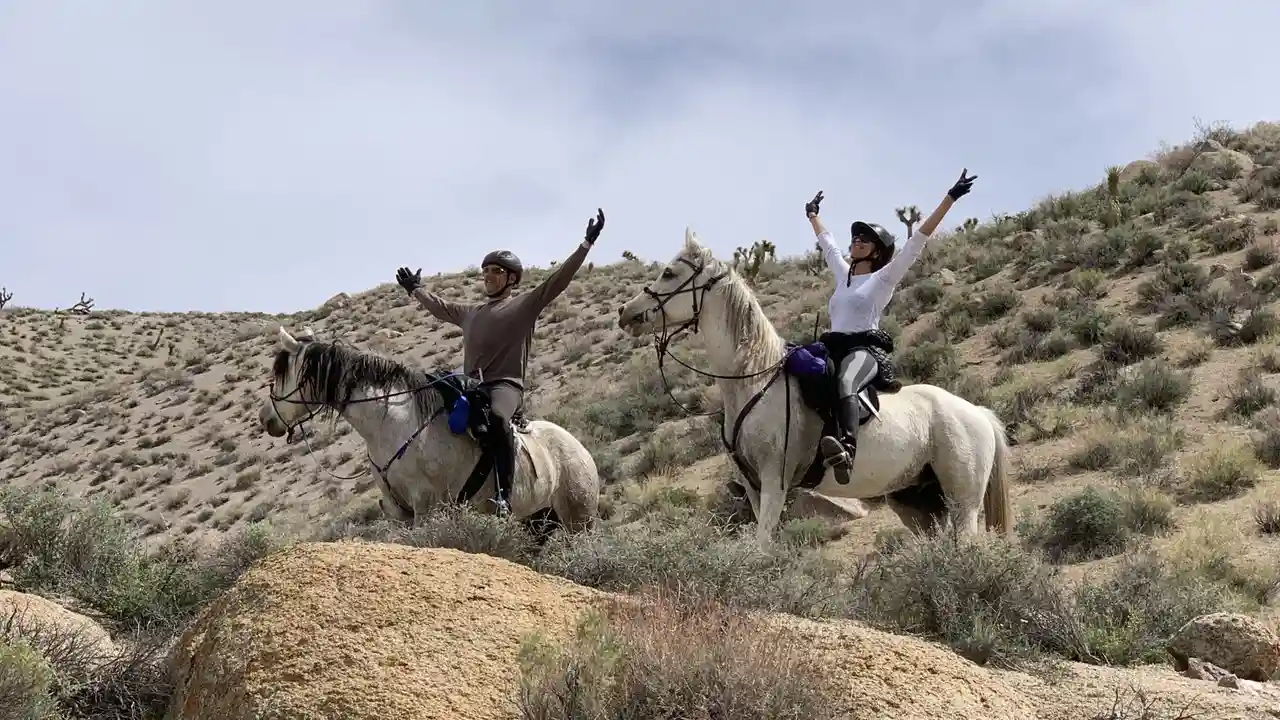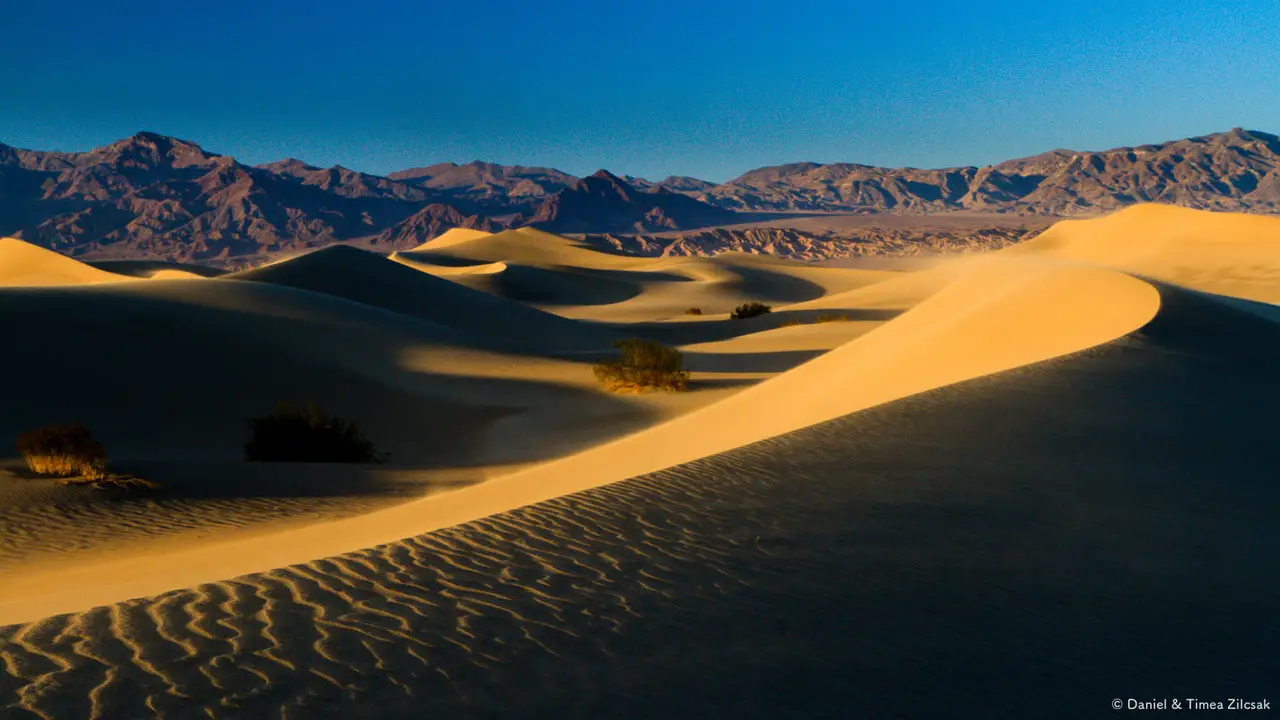Central Valley_ California's Agricultural Heart

Dive into the diverse and captivating ecosystems of California, from the towering redwoods to the arid deserts, and discover the unique flora, fauna, and conservation efforts shaping this extraordinary state.
Unveiling California's Diverse Ecosystems A Comprehensive Overview
California, a land of unparalleled natural beauty, boasts an astonishing array of ecosystems packed into a relatively small geographic area. From the rugged coastlines battered by the Pacific Ocean to the snow-capped peaks of the Sierra Nevada, and the scorching deserts of the south to the lush redwood forests of the north, the Golden State is a biodiversity hotspot unlike any other. Understanding and appreciating these unique ecosystems is crucial for their conservation and sustainable management. This exploration will delve into the key ecosystems that define California, highlighting their unique characteristics, the challenges they face, and the importance of preserving them for future generations.
Coastal Ecosystems California's Dynamic Interface with the Pacific
The California coastline, stretching over 840 miles, is a dynamic and diverse ecosystem where land and sea meet. This interface is home to a rich tapestry of marine life, including kelp forests, rocky intertidal zones, sandy beaches, and estuaries. Each of these habitats supports a unique community of organisms adapted to the ever-changing conditions of the coastal environment.
Kelp Forests Underwater Gardens of Biodiversity
Kelp forests, often referred to as underwater gardens, are among the most productive and biodiverse ecosystems on Earth. These forests are dominated by giant kelp, a fast-growing seaweed that can reach heights of over 100 feet. Kelp forests provide shelter and food for a wide variety of marine animals, including sea otters, sea lions, seals, fish, invertebrates, and seabirds. They also play a vital role in carbon sequestration and nutrient cycling. One of the best places to experience the kelp forest ecosystem is through snorkeling or diving. For divers, we highly recommend the Aqua Lung i300C Dive Computer. It's user-friendly, reliable, and provides essential information for safe and enjoyable dives. Use Case: Monitoring dive depth, time, and ascent rate. Product Comparison: Compared to the Suunto Zoop Novo, the i300C offers a more intuitive interface and Bluetooth connectivity. Details: Priced around $300, available at most reputable dive shops. Alternatively, for those preferring to stay on the surface, consider a guided kayaking tour. Many operators offer tours that focus on the kelp forest ecosystem, providing insights into the marine life and conservation efforts. Look for tours that emphasize sustainable practices and minimize disturbance to the environment.
Rocky Intertidal Zones A Battleground of Tides and Life
The rocky intertidal zone is a harsh and unforgiving environment, constantly subjected to the ebb and flow of tides. Organisms living in this zone must be able to withstand extreme fluctuations in temperature, salinity, and wave action. Despite these challenges, the rocky intertidal zone is teeming with life, including sea stars, anemones, mussels, barnacles, and various species of algae. These creatures have developed remarkable adaptations to survive in this dynamic environment. Exploring the intertidal zone requires careful observation and respect for the fragile ecosystem. Be sure to check tide charts before visiting and avoid disturbing the animals or their habitats. Consider bringing a field guide to help identify the different species you encounter. A great resource is the National Audubon Society Field Guide to North American Seashore Creatures. Use Case: Identifying different species of marine invertebrates. Product Comparison: While there are many field guides available, the Audubon Society guide is known for its comprehensive coverage and high-quality illustrations. Details: Available for around $20 at most bookstores and online retailers.
Sandy Beaches Dynamic Landscapes Shaped by Waves and Wind
Sandy beaches are dynamic landscapes constantly being reshaped by the forces of waves and wind. These seemingly barren environments are home to a surprising array of life, including burrowing invertebrates, shorebirds, and marine mammals. The sand itself is a complex ecosystem, supporting a diverse community of microorganisms that play a vital role in nutrient cycling. Beachcombing can be a fun and educational activity, but it's important to be mindful of the environment. Avoid collecting shells or other natural items, as they provide habitat for other organisms. Instead, focus on observing the different species of shorebirds and marine life that inhabit the beach. A good pair of binoculars can greatly enhance your birdwatching experience. We recommend the Nikon ProStaff 3S Binoculars. They are lightweight, durable, and offer excellent clarity. Use Case: Observing shorebirds from a distance. Product Comparison: Compared to other binoculars in the same price range, the ProStaff 3S offers superior optical performance. Details: Priced around $150, available at most sporting goods stores and online retailers.
Estuaries Nurseries of the Sea
Estuaries are where freshwater rivers meet the saltwater ocean, creating a unique and highly productive environment. These brackish water habitats are nurseries for many species of fish, shellfish, and birds. Estuaries also play a crucial role in filtering pollutants and protecting coastal communities from flooding. Exploring estuaries by kayak or canoe is a great way to appreciate their beauty and biodiversity. Several companies offer guided tours and rentals. When choosing a kayak, consider the Perception Pescador Pro 12.0 Kayak. It's stable, comfortable, and suitable for both beginners and experienced paddlers. Use Case: Exploring estuaries and observing wildlife. Product Comparison: Compared to other fishing kayaks, the Pescador Pro 12.0 offers a good balance of stability, comfort, and storage space. Details: Priced around $800, available at most outdoor retailers.
Forest Ecosystems California's Towering Giants and Hidden Wonders
California's forests are as diverse as its coastline, ranging from the towering redwood forests of the north to the oak woodlands of the central valley and the pine forests of the Sierra Nevada. These forests provide habitat for a wide variety of wildlife, regulate water flow, and play a vital role in carbon sequestration.
Redwood Forests Cathedrals of the Natural World
The redwood forests of California are home to the tallest trees on Earth, the coast redwoods (Sequoia sempervirens). These ancient giants can live for hundreds or even thousands of years, reaching heights of over 350 feet. Walking among these towering trees is an awe-inspiring experience, offering a glimpse into a world that has remained largely unchanged for millennia. Hiking is the best way to experience the redwood forests. Many trails wind through the forests, offering stunning views and opportunities to observe the unique flora and fauna. A good pair of hiking boots is essential for navigating the trails. We recommend the Merrell Moab 2 Vent Hiking Boots. They are comfortable, durable, and provide excellent traction. Use Case: Hiking through redwood forests. Product Comparison: Compared to other hiking boots, the Moab 2 Vent offers a good balance of comfort, durability, and price. Details: Priced around $100, available at most outdoor retailers.
Oak Woodlands A Mosaic of Life
Oak woodlands are characterized by their dominant oak trees, which provide habitat for a wide variety of wildlife, including birds, mammals, and insects. These woodlands are also important for water conservation, as the oak trees help to slow down runoff and recharge groundwater. Birdwatching is a popular activity in oak woodlands. Many species of birds rely on oak trees for food and shelter. A good bird feeder can attract a variety of birds to your yard or garden. We recommend the Droll Yankees Yankee Flipper Bird Feeder. It's squirrel-resistant and holds a large amount of seed. Use Case: Attracting birds to your yard or garden. Product Comparison: Compared to other bird feeders, the Yankee Flipper is known for its durability and squirrel-resistant design. Details: Priced around $150, available at most bird supply stores and online retailers.
Pine Forests High-Altitude Havens
The pine forests of the Sierra Nevada are adapted to the harsh conditions of high altitude, including cold temperatures, heavy snowfall, and intense sunlight. These forests are home to a variety of pine trees, including ponderosa pine, Jeffrey pine, and lodgepole pine. They also provide habitat for a variety of wildlife, including black bears, deer, and mountain lions. Camping is a popular activity in the pine forests. Many campgrounds are located throughout the Sierra Nevada, offering access to hiking trails, fishing lakes, and other recreational opportunities. A good tent is essential for a comfortable camping trip. We recommend the REI Co-op Half Dome 2 Plus Tent. It's lightweight, easy to set up, and provides ample space for two people. Use Case: Camping in the pine forests of the Sierra Nevada. Product Comparison: Compared to other tents, the Half Dome 2 Plus offers a good balance of weight, space, and price. Details: Priced around $250, available at REI stores and online.
Desert Ecosystems California's Arid Landscapes and Resilient Life
California's deserts are characterized by their low rainfall, high temperatures, and sparse vegetation. Despite these harsh conditions, the deserts are home to a surprising array of life, including cacti, succulents, reptiles, insects, and mammals. These organisms have developed remarkable adaptations to survive in the arid environment.
Mojave Desert A High-Elevation Arid Region
The Mojave Desert is a high-elevation desert located in southeastern California. It is characterized by its Joshua trees, creosote bushes, and other drought-tolerant plants. The Mojave Desert is also home to a variety of animals, including desert tortoises, kangaroo rats, and sidewinder snakes. Hiking in the Mojave Desert requires careful planning and preparation. Be sure to bring plenty of water, sunscreen, and a hat. A GPS device is also recommended, as the desert can be disorienting. We recommend the Garmin eTrex 22x GPS Navigator. It's rugged, waterproof, and offers excellent accuracy. Use Case: Navigating in the Mojave Desert. Product Comparison: Compared to other GPS navigators, the eTrex 22x is known for its ease of use and long battery life. Details: Priced around $200, available at most electronics stores and online retailers.
Colorado Desert A Low-Elevation Arid Region
The Colorado Desert is a low-elevation desert located in southeastern California. It is characterized by its sand dunes, palm oases, and hot springs. The Colorado Desert is also home to a variety of animals, including desert bighorn sheep, coyotes, and roadrunners. Stargazing is a popular activity in the Colorado Desert, due to its clear skies and lack of light pollution. A good telescope can greatly enhance your stargazing experience. We recommend the Celestron NexStar 130SLT Telescope. It's easy to set up and use, and offers excellent views of the night sky. Use Case: Stargazing in the Colorado Desert. Product Comparison: Compared to other telescopes, the NexStar 130SLT is known for its computerized tracking system and ease of use. Details: Priced around $500, available at most astronomy stores and online retailers.
Freshwater Ecosystems California's Rivers, Lakes, and Wetlands
California's freshwater ecosystems include rivers, lakes, and wetlands. These ecosystems provide habitat for a wide variety of fish, amphibians, birds, and mammals. They also play a crucial role in providing drinking water, irrigating crops, and controlling floods.
Rivers Flowing Lifelines
California's rivers are vital sources of water for agriculture, industry, and human consumption. They also provide habitat for a variety of fish, including salmon, trout, and steelhead. Fly fishing is a popular activity on many of California's rivers. A good fly rod and reel are essential for success. We recommend the Orvis Clearwater Fly Rod Outfit. It's a complete outfit that includes a rod, reel, line, and leader. Use Case: Fly fishing on California's rivers. Product Comparison: Compared to other fly rod outfits, the Clearwater is known for its quality and affordability. Details: Priced around $300, available at most fly fishing shops and online retailers.
Lakes Serene Reflections
California's lakes are popular destinations for recreation, including swimming, boating, and fishing. They also provide habitat for a variety of fish, birds, and mammals. Kayaking on California's lakes is a great way to explore their beauty and tranquility. A good kayak paddle is essential for efficient paddling. We recommend the Aqua-Bound Manta Ray Carbon Kayak Paddle. It's lightweight, durable, and provides excellent power transfer. Use Case: Kayaking on California's lakes. Product Comparison: Compared to other kayak paddles, the Manta Ray Carbon is known for its lightweight construction and ergonomic design. Details: Priced around $250, available at most paddling shops and online retailers.
Wetlands Vital Filters and Habitats
California's wetlands are transitional areas between land and water, characterized by their saturated soils and unique vegetation. Wetlands provide habitat for a wide variety of birds, amphibians, and mammals. They also play a crucial role in filtering pollutants and controlling floods. Birdwatching in California's wetlands can be incredibly rewarding. Many species of migratory birds pass through the wetlands each year. A spotting scope can greatly enhance your birdwatching experience. We recommend the Vortex Diamondback HD Spotting Scope. It offers excellent optical performance and is rugged and waterproof. Use Case: Birdwatching in California's wetlands. Product Comparison: Compared to other spotting scopes, the Diamondback HD is known for its value and performance. Details: Priced around $500, available at most bird supply stores and online retailers.
Protecting California's Ecosystems A Call to Action
California's unique ecosystems are facing a number of threats, including habitat loss, climate change, pollution, and invasive species. Protecting these ecosystems is crucial for maintaining biodiversity, ensuring water security, and preserving the natural beauty of the Golden State. There are many ways to get involved in protecting California's ecosystems. You can volunteer with local conservation organizations, support sustainable businesses, and reduce your environmental impact. Every action, no matter how small, can make a difference.
Sustainable Tourism Supporting Conservation Through Travel
Tourism can have both positive and negative impacts on the environment. Sustainable tourism aims to minimize the negative impacts and maximize the positive benefits. This involves choosing eco-friendly accommodations, supporting local businesses, and respecting the natural environment. When planning your trip to California, consider choosing accommodations that have implemented sustainable practices, such as using renewable energy, conserving water, and reducing waste. Look for certifications like LEED or Green Seal. Supporting local businesses is another way to promote sustainable tourism. Buy local products, eat at local restaurants, and hire local guides. This helps to support the local economy and reduce the environmental impact of transportation. Finally, always respect the natural environment. Stay on designated trails, avoid disturbing wildlife, and pack out all your trash. By following these guidelines, you can help to ensure that tourism benefits both the environment and the local community.
The Future of California's Ecosystems A Vision for Sustainability
The future of California's ecosystems depends on our collective efforts to protect and restore them. By embracing sustainable practices, supporting conservation initiatives, and raising awareness about the importance of biodiversity, we can create a future where both humans and nature thrive. The challenges are significant, but the rewards are even greater. A healthy and vibrant California benefits us all, providing clean air and water, abundant natural resources, and a rich cultural heritage. Let us work together to ensure that future generations can experience the wonders of California's unique ecosystems.
:max_bytes(150000):strip_icc()/277019-baked-pork-chops-with-cream-of-mushroom-soup-DDMFS-beauty-4x3-BG-7505-5762b731cf30447d9cbbbbbf387beafa.jpg)






